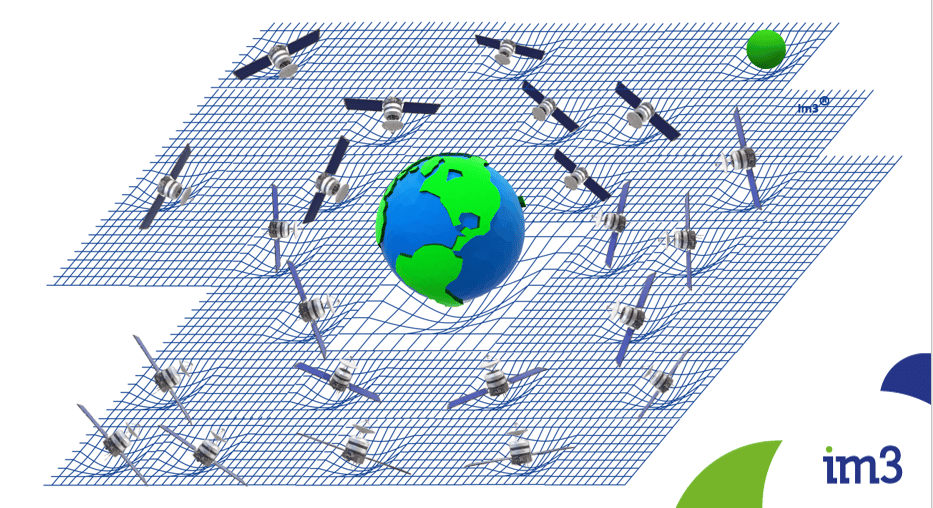
14 Mar 143rd Anniversary of Albert Einstein
14/03/2022
In June 1905, the 26-year-old German theoretical physicist Albert Einstein published a paper entitled “On the Electrodynamics of Bodies in Motion,” in which he came to the startling conclusion that the speed of light in a vacuum must have a constant value.
Because of these ideas – which would later be known as the Theory of Restricted (or Special) Relativity -, the cadence of the passage of time should be different for observers in relative movement: the clocks pass at a slower rate the faster they move, coming to a complete stop at the speed of light.
Later, between 1907 and 1915, Einstein developed the famous Theory of General Relativity, which postulates that gravitational phenomena are the result of the curvature of space-time produced by the presence of bodies with mass.
The behavior of clocks installed on satellites in orbit around the earth has the following relative effects with respect to clocks on the earth’s surface:
• A delay of 7 μs/day due to the dilating effect of its relative motion, as predicted by the Theory of Special Relativity.
• An advance of 45 μs/day since they are further away from the earth, and therefore the curvature of space-time due to the terrestrial mass is less, confirming what is postulated in the Theory of General Relativity.
Both added effects represent a 45-7 = 38 μs/day advance of satellite clocks in orbit relative to fixed clocks on the earth’s surface.
Thanks to Einstein‘s theories and to the fact that Global Positioning Systems incorporate these effects into their calculations, we can achieve precision of the order of nanoseconds (1ns = 1,000μs) required for both GPS geographic location and high time precision for technology. of 5G telecommunications.
Information sources:
· Einstein para perplejos, José Edelstein e Andrés Gomberoff, Penguin Random House Grupo Editorial, 2017.
https://www.astronomy.ohio-state.edu/pogge.1/Ast162/Unit5/gps.html

